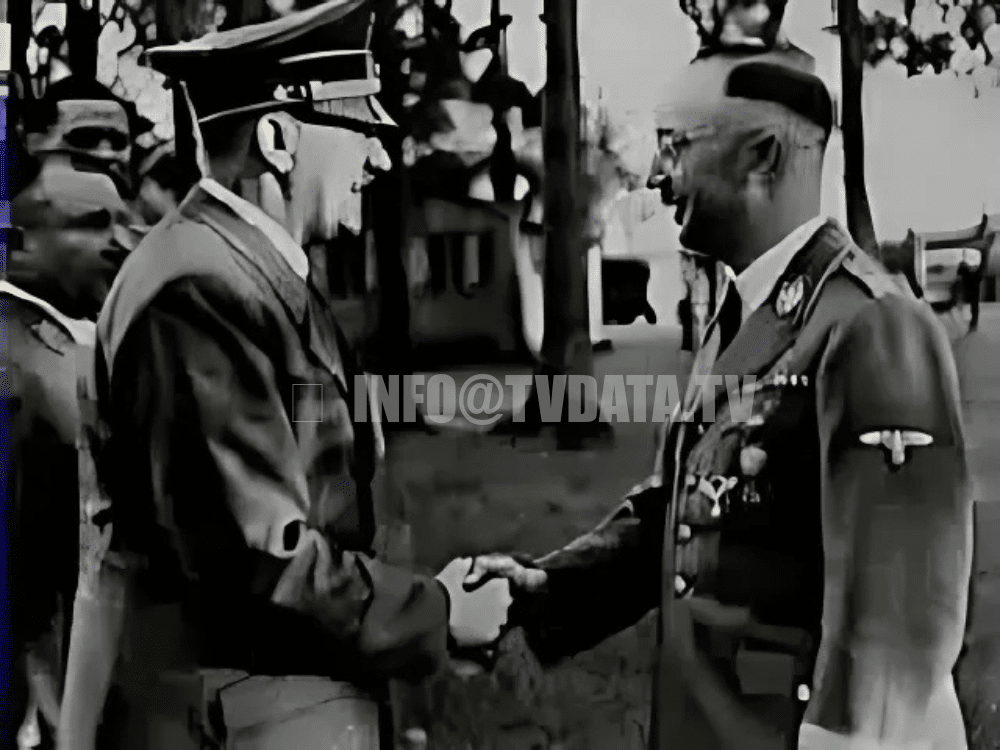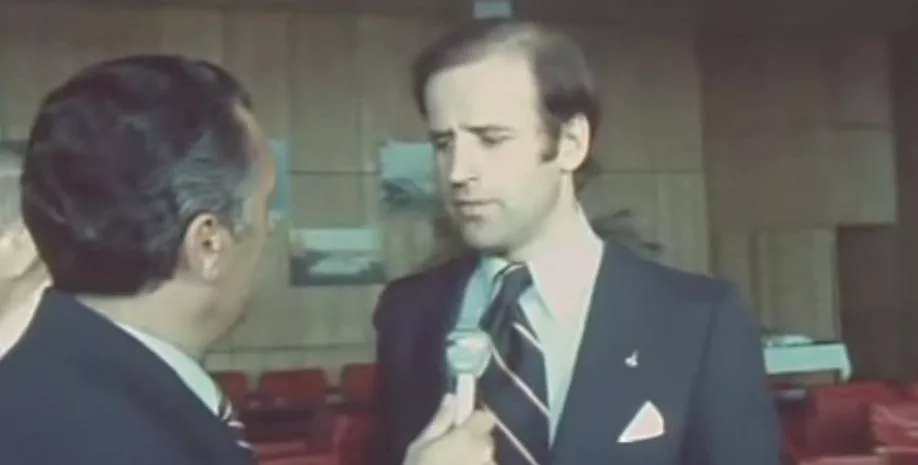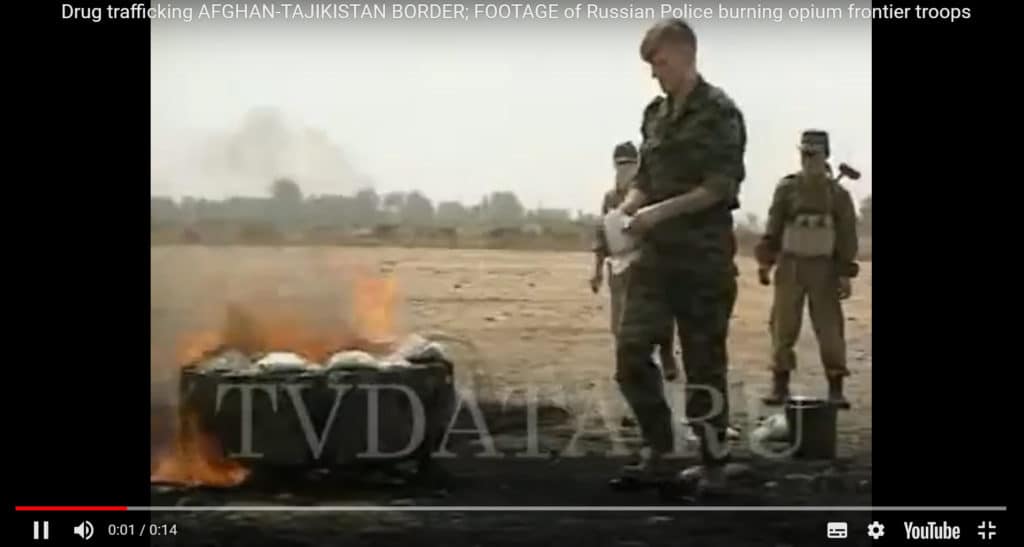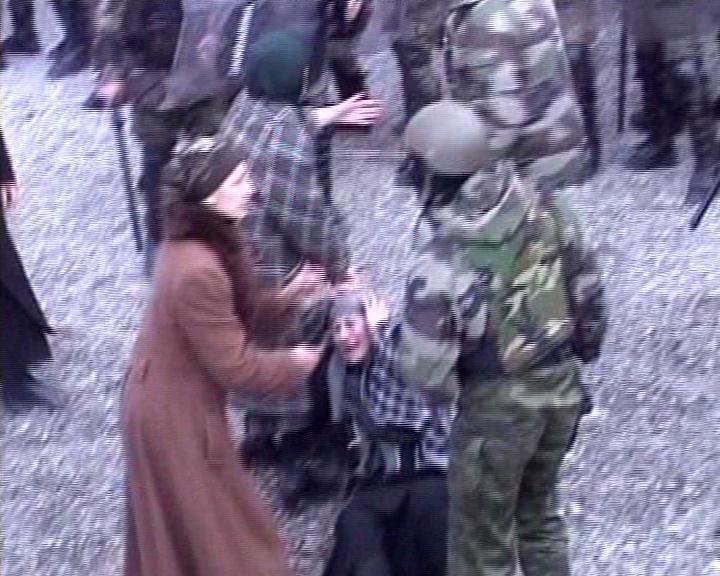The room features a series of analog telephones, including the iconic red “hotline” believed to connect to the military and nuclear command. A brass placard reading “Президент РФ” (President of the Russian Federation) marks the new authority. This symbolic handover marks the end of the USSR and the birth of modern Russia — along with its control of the nuclear arsenal.
Preview this video clip
Interior Kremlin scenes with high-level communications equipment
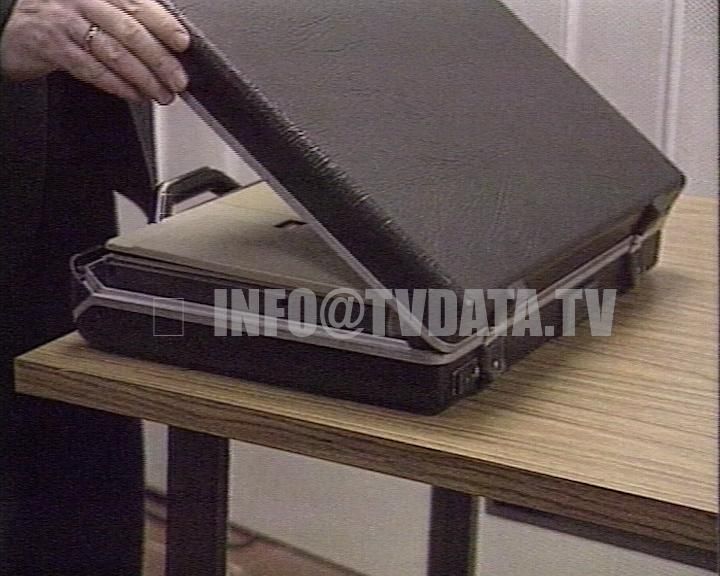
– Military personnel handling the nuclear briefcase
– Atmosphere: serious, subdued, transitional
Stock Footage featuring Boris Yeltsin receiving authority documents and Russian nuclear briefcase
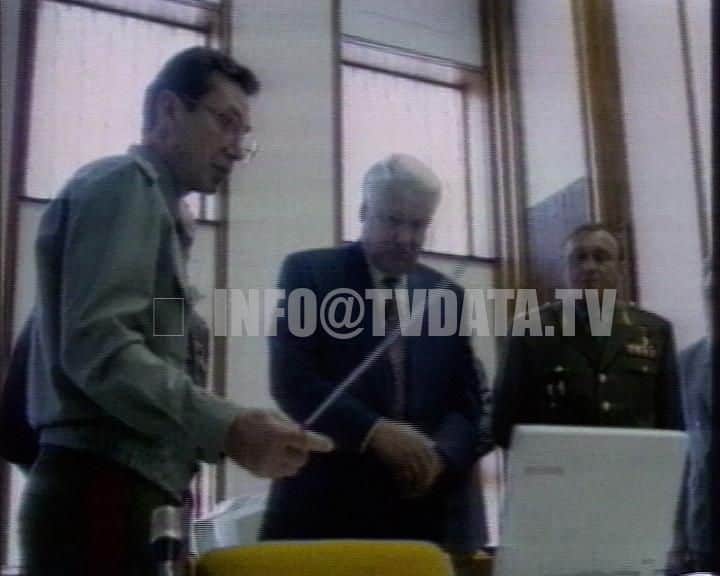
Resolution: 4K (HD version available)
Format: MP4
Duration: Approx. 30–60 seconds
Price: £250 (Royalty-Free License)
MORE FOOTAGE ON COLD WAR AND NUCLEAR AT TVDATA.TV
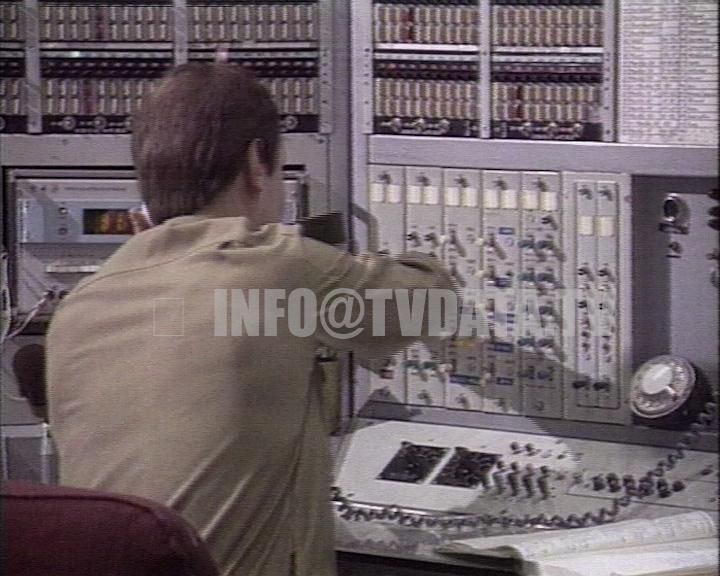
Nuclear Command Transition – Gorbachev to Yeltsin 4K Footage
The Russian nuclear briefcase, officially called the Cheget (Чегет), serves as a highly secure mobile command center. The President of the Russian Federation uses it to authorize the use of nuclear weapons during critical moments. While officials keep the exact contents classified, open sources reveal several key components believed to be inside or closely linked to the briefcase.
Encrypted Communication Terminal
First, it includes an encrypted communication terminal that connects the president directly to top military leaders through a secure network known as Kavkaz. Next, the briefcase houses a launch authorization interface, which allows the president to select targets and confirm nuclear strike scenarios in real time; plus, it also contains authentication codes and protocol keys, ensuring that only the president and other top officials can initiate the nuclear command chain.
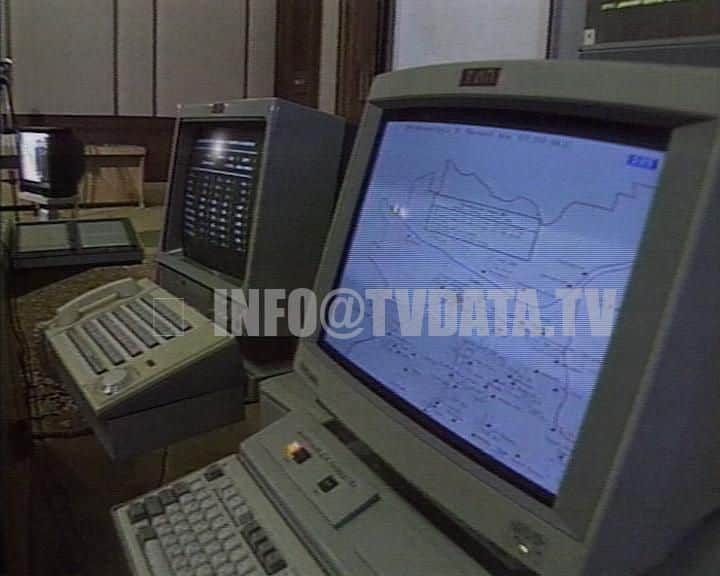
Additionally, the system provides a real-time alert dashboard displaying incoming threats and the readiness status of Russia’s nuclear forces. Everything runs on a custom, hardened military operating system—built to resist cyber attacks and function independently from civilian networks.
Together, these components give the Russian president the power to act swiftly and decisively in the gravest of national emergencies.
🔐 What’s Inside the Russian Nuclear Briefcase (Cheget):
- Launch Authorization Interface:
A digital command panel or console that enables the president to authenticate and transmit nuclear launch orders. It includes multi-layer security measures, requiring matching authorizations from other top officials. - Authentication Codes & Protocol Keys:
The briefcase contains codes that identify the president as the supreme commander and allow him to initiate the nuclear chain of command. - Target Selection & Response Scenarios:
Pre-programmed strike options or scenarios may be displayed on-screen for rapid decision-making under time pressure. - Real-Time Alert Dashboard:
It’s believed to show real-time data on threats, missile attacks, and the readiness of Russia’s nuclear forces. - Custom Operating System:
Unlike civilian tech, it runs on a hardened military OS—likely air-gapped and resistant to cyber intrusion.
